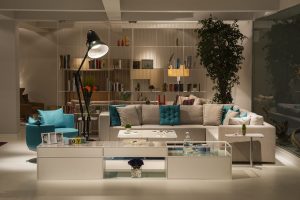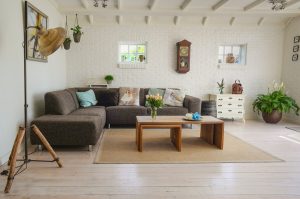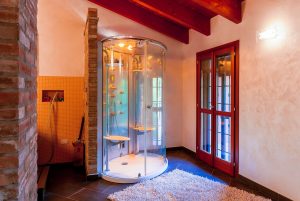Modern Muse: Inspirations for Creating Stylish Living Spaces
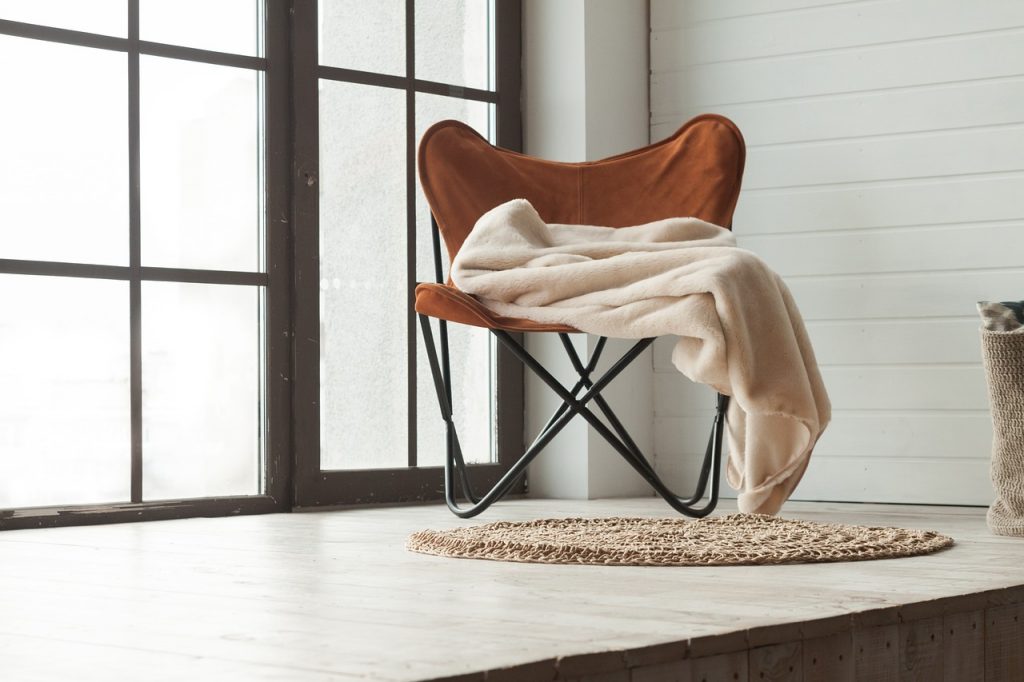
In the realm of interior design, the concept of a muse has evolved beyond the realm of artistic endeavors. Today, the modern muse serves as a guiding inspiration for crafting stylish and inviting living spaces that reflect individual taste and personality. This article delves into the nuances of cultivating a modern muse and translating it into tangible design elements that elevate the ambiance of any home.
Understanding the Modern Muse
At its core, a muse represents a source of inspiration, a guiding force that sparks creativity and innovation. In the context of interior design, the modern muse encompasses a myriad of influences, ranging from nature’s beauty to cultural heritage and personal experiences. It is the embodiment of style, sophistication, and individuality, serving as a compass for navigating the vast landscape of design possibilities.
Elements of Stylish Living Spaces
Creating a stylish living space requires careful consideration of various elements, each playing a crucial role in shaping the overall aesthetic. From selecting the perfect color scheme to curating furniture pieces and enhancing ambiance through lighting, every detail contributes to the harmonious balance of form and function.

Drawing Inspiration from Nature
Nature serves as an endless source of inspiration for interior designers, offering a wealth of textures, colors, and patterns to incorporate into living spaces. Biophilic design principles advocate for bringing the outdoors in, fostering a deeper connection with the natural world and promoting well-being.
Minimalism and Functionalism
In the pursuit of stylish living, less is often more. Embracing minimalist principles not only enhances visual appeal but also promotes a sense of tranquility and order. By prioritizing functionality, each piece of furniture and decor serves a purpose, contributing to a clutter-free environment conducive to relaxation and creativity.
Art and Personal Expression
Art serves as a powerful means of personal expression, allowing individuals to infuse their living spaces with personality and charm. Whether through curated collections or bespoke creations, incorporating art into interior design adds depth and character, transforming mere rooms into captivating galleries of self-expression.
Technology Integration
In today’s digital age, technology plays an increasingly integral role in modern living. From smart home solutions to seamless integration of entertainment systems, harnessing the power of technology enhances convenience and comfort while seamlessly blending into the design aesthetic.
Balancing Trends with Timelessness
While trends come and go, timeless design principles endure the test of time. Balancing contemporary trends with timeless elegance ensures that living spaces remain relevant and visually captivating for years to come, transcending fleeting fads and evolving tastes.
Creating Harmony and Flow
Achieving harmony and flow within a living space requires a delicate balance of design elements and spatial arrangement. Cohesive color palettes, thoughtful furniture placement, and intuitive flow patterns contribute to a sense of unity and balance, fostering a welcoming atmosphere for inhabitants and guests alike.
Budget-Friendly Styling Tips
Stylish living spaces need not break the bank. With creativity and resourcefulness, budget-conscious individuals can transform their homes into havens of style and comfort. From DIY projects to thrift store finds, there are myriad ways to achieve a high-end look without exceeding budgetary constraints.
Cultural Influences
The global landscape of design is rich and diverse, influenced by a myriad of cultural traditions and heritage. Drawing inspiration from different cultures allows for a fusion of styles, creating eclectic and vibrant living spaces that reflect the multicultural tapestry of modern society.
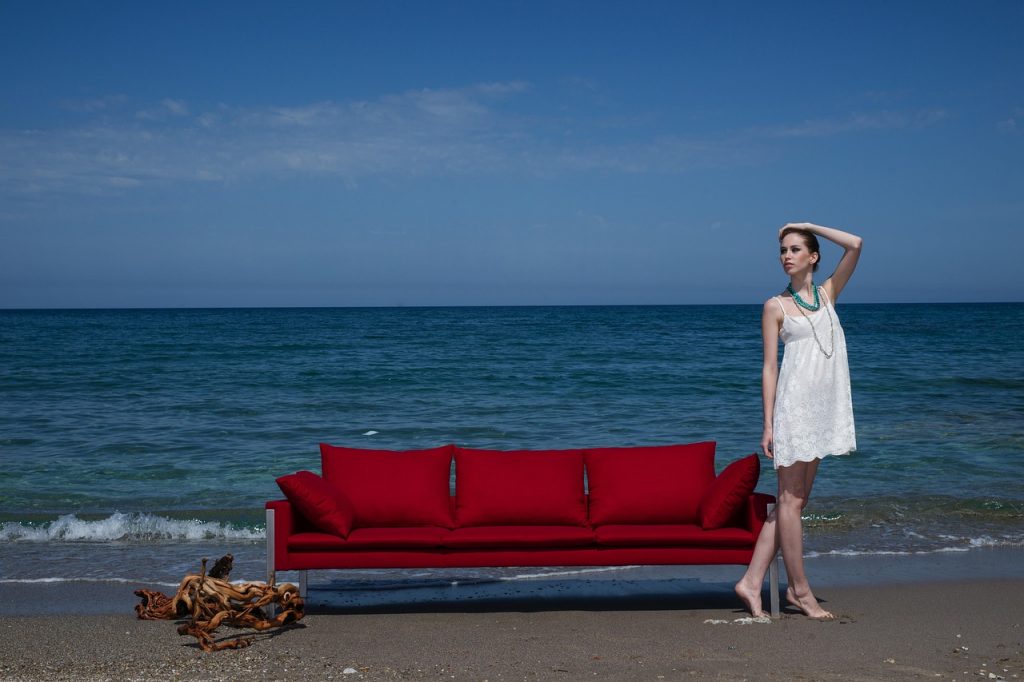
Sustainability and Eco-Friendly Practices
In an era of heightened environmental awareness, sustainability has become a paramount consideration in interior design. Ethical sourcing, use of sustainable materials, and eco-friendly practices not only reduce the ecological footprint but also contribute to a healthier and more sustainable future.
Transforming Small Spaces
Even the most modest of spaces can be transformed into stylish sanctuaries with the right approach. Maximizing functionality, optimizing storage solutions, and embracing multi-functional furniture are just a few strategies for making the most of limited square footage without sacrificing style or comfort.
Case Studies: Real-Life Inspirations
Examining real-life examples of stylish living spaces provides valuable insights and inspiration for readers embarking on their own design journeys. From urban lofts to coastal retreats, each case study offers a glimpse into the creative process and lessons learned along the way.
Conclusion
In the ever-evolving landscape of interior design, finding inspiration is key to creating stylish and inviting living spaces that reflect individual taste and personality. By embracing the concept of the modern muse and drawing from a diverse array of influences, anyone can transform their home into a sanctuary of style and sophistication.
FAQs:
1. How can I incorporate sustainability into my interior design?
- Consider using reclaimed materials, investing in energy-efficient appliances, and opting for furniture made from sustainable sources.
2. What are some budget-friendly ways to update my living space?
- DIY projects, thrift store finds, and repurposing existing furniture are excellent ways to refresh your home without breaking the bank.
3. How do I balance functionality with aesthetics in small spaces?
- Opt for multi-functional furniture, utilize vertical storage solutions, and prioritize essential items to maximize both space and style.
4. What role does lighting play in interior design?
- Lighting not only illuminates a space but also sets the mood and enhances ambiance. Incorporating a mix of natural and artificial lighting sources can dramatically transform the look and feel of a room.
5. How can I infuse my cultural heritage into my home decor?
- Incorporate elements such as textiles, artwork, and decorative accents that reflect your cultural heritage, creating a personalized and meaningful space.
